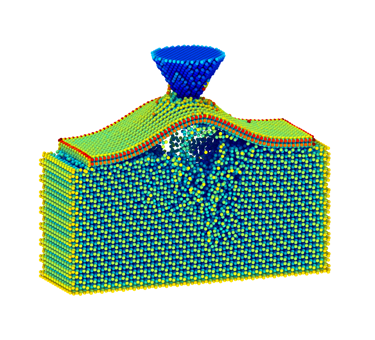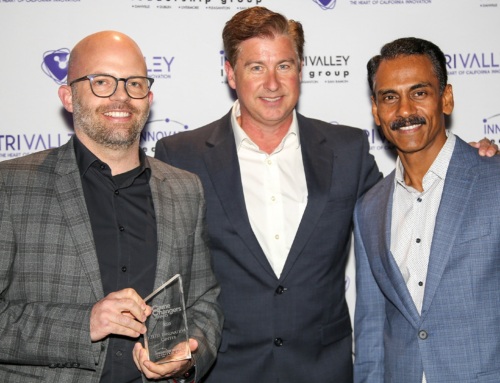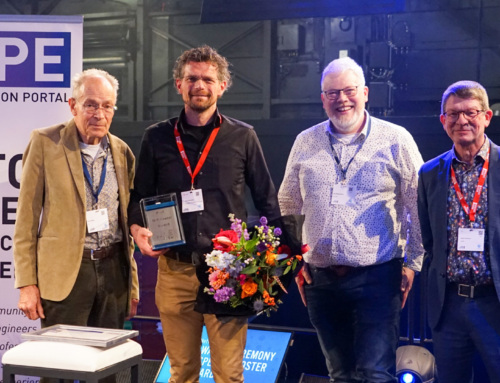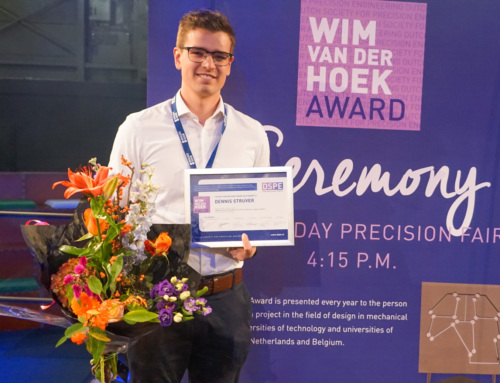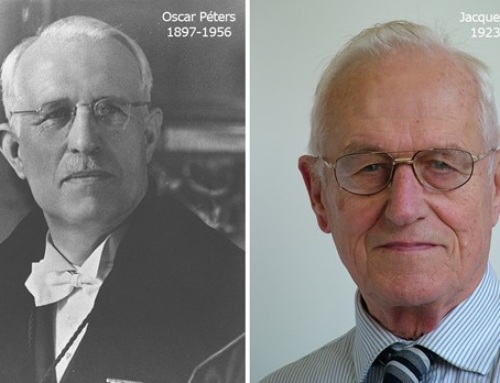Cranfield University are delighted to take over the organisation of the fifth edition of the ECNF in 2018, after the successful edition in Bilbao in 2016, and host this 3-day conference in the U.K. for the first time. Recently, U.K. government representatives stated that although the country is leaving the EU, it is not leaving Europe. In this same line of thought, we trust that bringing this conference to the United Kingdom will be a good opportunity to strengthen our international network in nanofilms with European and international friends and collaborators. As a pro-EU university and a member of the Virtual Institute of Nanofilms (VINF), our local organising team is fully committed to offer an opportunity for the highest level of scientific exchange and industrial impact.
In this manner, ECNF 2018 will offer a unique opportunity to share some of the latest R&D work in nanofilms. It will truly be open to all active researchers and industrialists covering communications related with coatings and nanofilms developed by a wide range of processing techniques including ALD, CVD, MBE, plasma and thermal spray, PVD (evaporation, cathodic arc, sputtering, HiPIMS and PLD), and Sol-gel.
There will be six session covering the following topic:-
1. Protective and Tribological Coatings (Topic Leads: Raoand T. Hussain)
The session will encompass coatings, functional coatings and smart coating systems designed to enhance the mechanical performance of the underlying substrate in a range of applications, whether they be high-load, low friction or other high-demanding environments. Coatings deposited by a range of methods encompassing PVD, e-beam, evaporation, Sol-Gel, electroplating or other deposition methods will be considered. Thermal barrier coatings and solar selective coatings will also be included.
2. Thin films for energy conversion, catalysis and related processes (Topic Lead: Zhang)
Under this topic a wide range of applications are included: thin film photovoltaics, transparent conductive oxides, solar selective absorbers, mirrors, low emission glass windows, hydrogen storage, electrolisers, batteries, fuel cells, catalytic materials, electrochromic windows, thermochromic windows, photochromic windows, thermoelectric generators, solar cells, energy conversion devices (harvesting, caloric) with piezoelectric, pyroelectric and ferroelectric thin films.
3. From atoms to sheets: growth and tribology of thin films (Topic Leads: Goeland T. Liskiewicz)
This is a more fundamental session to present the basics of thin film manufacturing. Modelling of coating growth or reactions taking place during the formation of the layer are also considered. Creation of nanoparticles and related films are included, and nanostructured films as a special case.
4. Functionalisation and characterisation of coatings and nanofilms (Topic Leads: Krishnamurthyand V. K. Thakur)
This topic will include all the presentations more centred in properties and advanced characterization of films: either from a performance point of view or fundamental analysis (microstructure, crystallography, composition, spectroscopies, etc.).
5. 2D materials: Graphene and Beyond (Topic Lead: I. Ariaand Prof Krzysztof Koziol)
This session is intended to highlight state-of-the-art breakthrough and developments of 2D materials (graphene, hBN, TMDC, and other artificial materials with one-atomic-plane precision) and their heterostructures. All aspects of 2D materials synthesis methods (e.g. CVD, transformation/conversion, and hierarchical assemblies), properties modelling and characterization (e.g. electronic, transport, and mechanical), interfacing and device integration (e.g. doping, contact, and passivation), and applications (e.g. optoelectronics, energy conversion and storage, filtration/barrier, and sensors) will be covered.
6. Sensors and instruments based on nanofilms (Topic Lead: Chianella)
This session is focussed on the nanofilms (both polymeric and metallic) used to fabricate highly sensitive sensors and biosensors capable to detect specifically an event (e.g. changes in temperature, humidity, pressure etc.) or a target analyte (e.g. gases, environmental pollutants, clinical biomarkers, food additives, explosives and drugs of abuse etc.) for applications in aerospace, medicine, the environment, food, security and defence. The sensors/biosensors can be optical (optical fibre, surface plasmon resonance, fluorescent etc.), acoustic (QCM, SAW etc.), electrochemical and micromechanical (i.e. cantilever). Among the types of nanomaterials included in the session and used for the ‘sensing event’ are polymeric nanofims, metallic and polymeric nanoparticles as well as nanolayers of materials such as graphene and carbon nanotubes.
You can submit your abstract using the template and option on the ECNF 2018 website : www.ecnf2018.org

